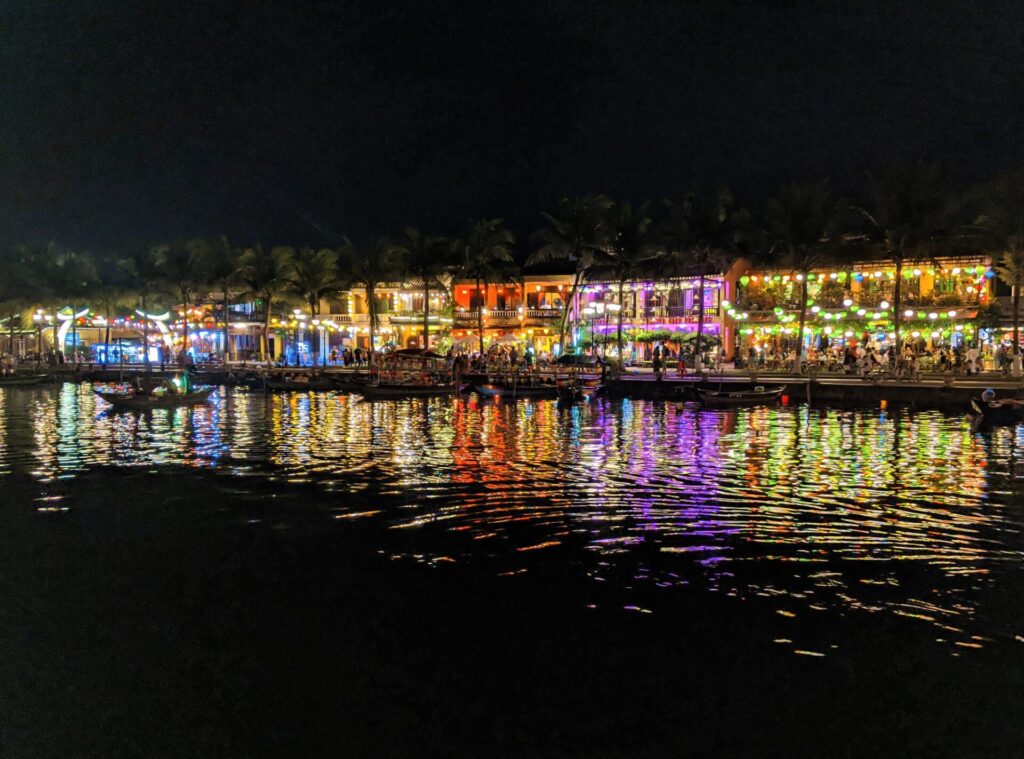
In my last post, I tempted you with the beauty of Hoi An during the day. To complete the story, Hoi An must be experienced at night too. Once the sun goes down, the lanterns light up and the whole old town feels like something out of a movie. The river is full of boats, the bridges are crowded with photogs, and the restaurant patios are taken over by hungry patrons. Without further ado, here’s the marvelous Hoi An after the sun goes down.









Feeling Social?